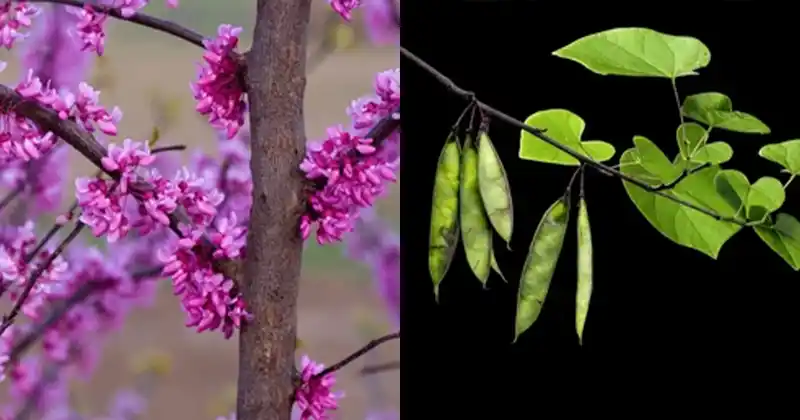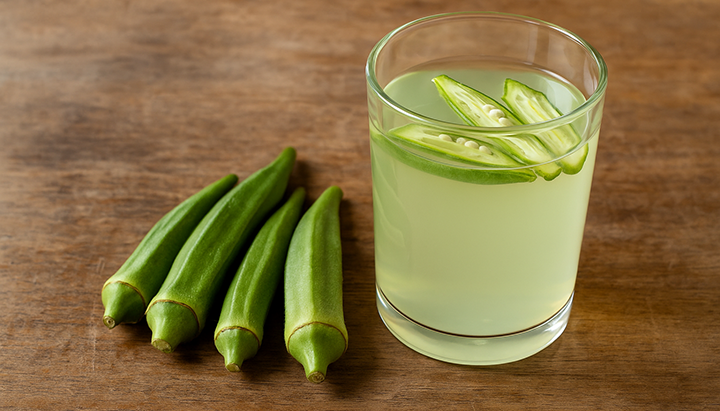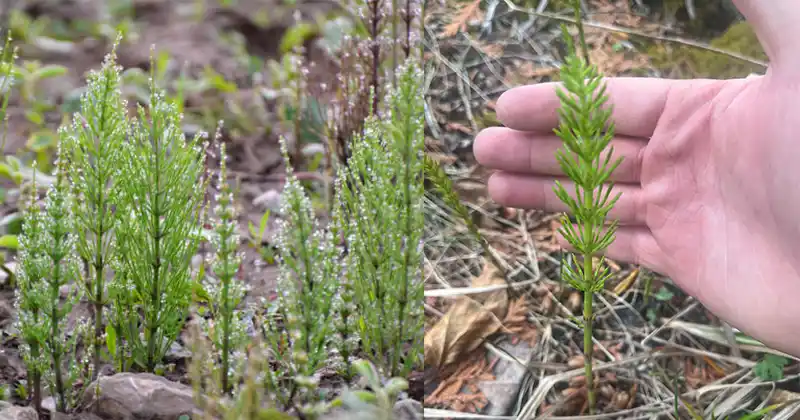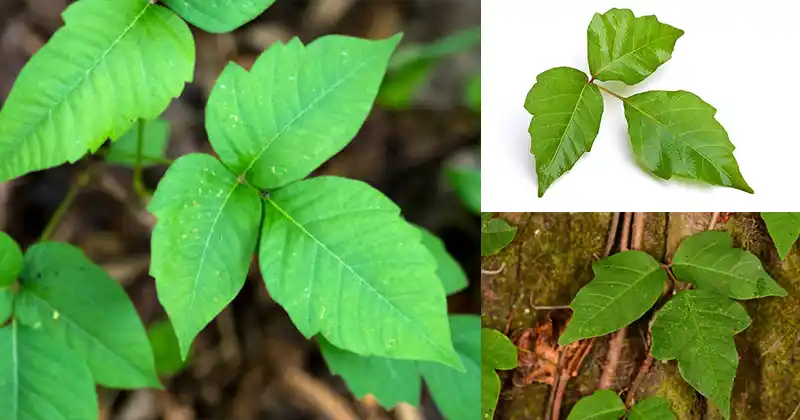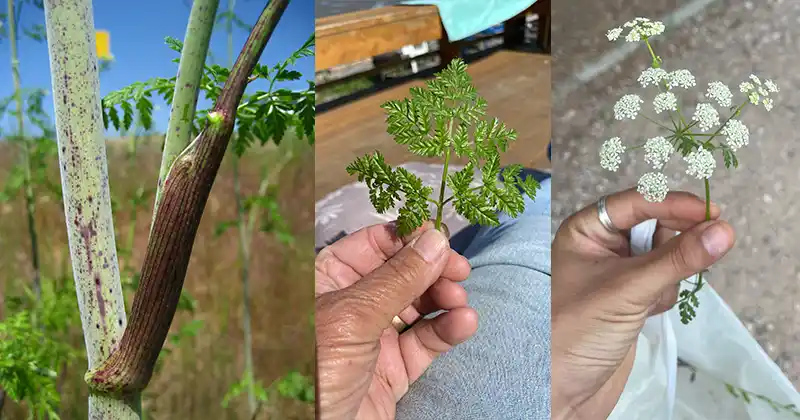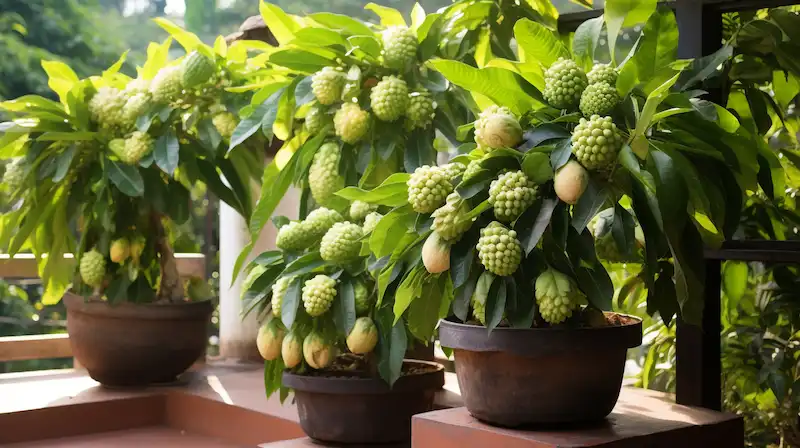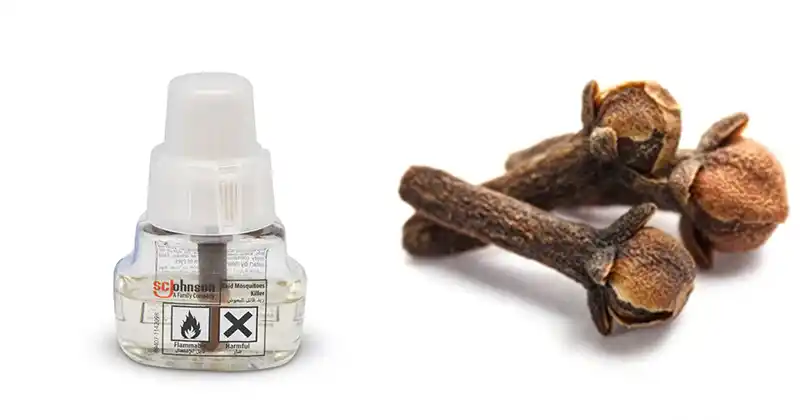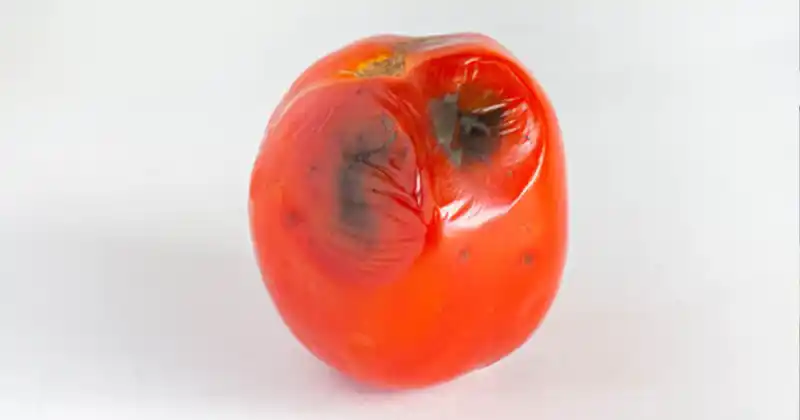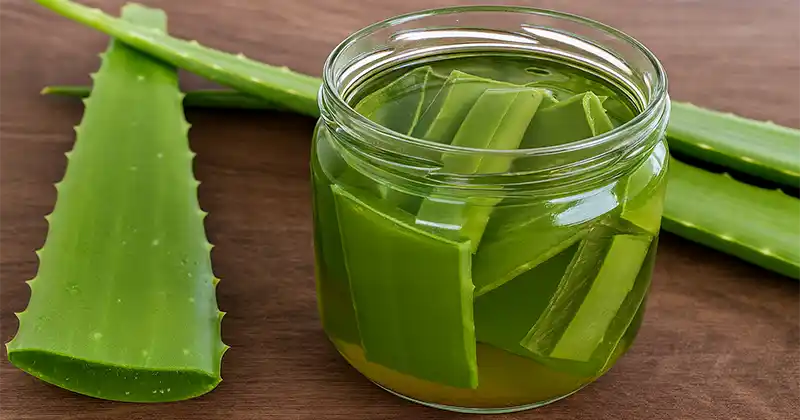The Eastern Redbud, scientifically named Cercis canadensis, stands as one of North America’s most beloved ornamental trees. Famous for its stunning pinkish-purple flowers that bloom before the leaves in early spring, this native species adds not only aesthetic appeal to landscapes but also numerous benefits for health and sustainability. Beyond its beauty, the redbud is useful in many ways—culinary, ecological, and medicinal—that many may not know about.
🌸 1. Edible Flowers – A Springtime Snack
The vibrant blossoms of the Eastern Redbud are not just visually appealing—they’re edible. These small, pea-like flowers can be picked fresh from the branches and consumed raw. With a flavor that is slightly tart, lemony, and mildly sweet, they enhance the color and taste of:
- Fresh garden salads
- Fruit platters
- Yogurt and smoothie bowls
- Garnishes for cakes or cocktails
Additionally, they are packed with vitamin C and antioxidants that help bolster the immune system.
🌿 2. Young Seed Pods – Foraged Pea-Like Treats
In the early summer months, the redbud tree bears seed pods that resemble snow peas. While these pods become tough as they mature, young pods can be collected and lightly sautéed, steamed, or pickled. They are a delicacy in the wild food community often featured in:
- Stir-fries
- Pickles
- Wild greens mixes
Always harvest young pods before they dry for optimal texture and flavor.
🍃 3. Medicinal Potential in Folk Traditions
Various Indigenous and folk herbal practices have utilized parts of the redbud tree for potential medicinal purposes. Although not extensively researched, redbud bark and inner wood have historically been employed:
- In astringent teas for minor wounds and digestive troubles
- Topically in poultices for swelling or skin irritations
Nonetheless, internal use of bark or wood should be approached cautiously with adequate guidance, as these practices lack support from modern clinical studies.
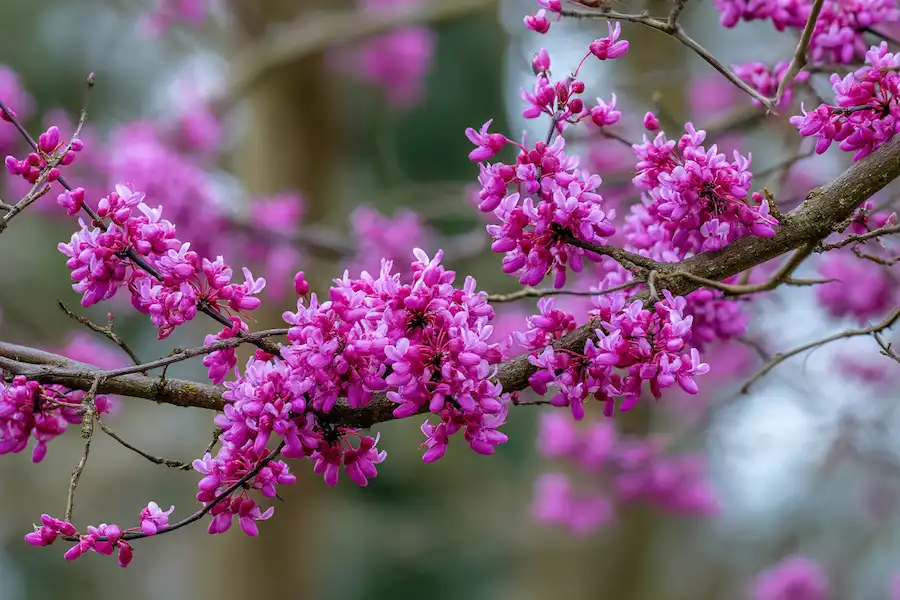
🌳 4. A Pollinator Magnet for Your Garden
The flowers of the redbud serve as an early nectar source for bees and butterflies, providing vital sustenance when few other blooms are available. By incorporating redbud trees into your yard or permaculture design:
- You promote pollinator activity
- Enhance fruit production in surrounding plants
- Support biodiversity and early spring wildlife
🍂 5. Decorative and Sustainable Wood
While not commonly harvested for lumber, the wood of the redbud is visually appealing and can be utilized in:
- Handmade crafts (small bowls, spoons, walking sticks)
- Eco-friendly home décor
- Natural dyes derived from the bark and heartwood
The rich brown wood with reddish undertones is favored by artisans who seek sustainable, small-scale materials.
🌱 6. Soil Improvement and Erosion Control
Redbuds are nitrogen-fixers. Like many members of the legume family, their roots enhance soil fertility by fixing atmospheric nitrogen. Planting redbuds:
- Benefits nearby vegetation
- Assists in stabilizing slopes
- Naturally improves the quality of degraded soils
🐦 7. Wildlife Value
The seeds, although not typically consumed by humans, provide nourishment for songbirds and small mammals. The tree also offers essential shelter for nesting birds, contributing to wildlife-friendly landscaping.
🔥 8. Firewood and Kindling (For Small Use)
Though not ideal for long burns, redbud wood can serve as kindling or quick-burning firewood for small stoves or backyard fire pits. It burns cleanly and hot but does not last as long as oak or hickory.
🖌️ 9. Natural Dye Potential
Both the bark and flowers have been investigated as natural dye sources. Pink blossoms can produce soft purple tones, while bark may yield light brown hues in textile dyeing.
👨🌾 10. Low-Maintenance Landscaping Tree
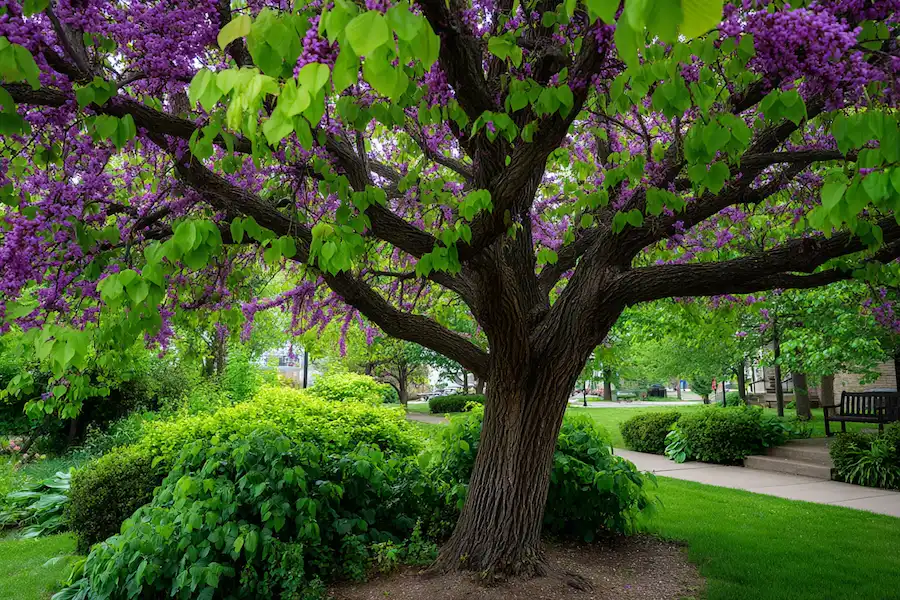
Even though it may not provide consumable benefits, the redbud tree is ideal for beginner gardeners because of:
- Minimal maintenance requirements
- High drought tolerance once established
- Resistance to pests
They are well-suited for urban gardens, cottage landscapes, and wildlife habitats.
⚠️ Disclaimer
The information in this article is meant for educational and informational purposes only. Many traditional uses of Cercis canadensis have been passed down over generations, but not all are backed by scientific research. Edible and medicinal applications should be approached with caution, especially for pregnant or nursing individuals, those on medication, or with allergies. Always consult a healthcare professional before consuming any part of a wild or ornamental plant. Additionally, harvesting from trees should be performed responsibly and with respect for nature.
The author and publisher are not liable for any negative outcomes, misuse, or consequences stemming from the application or interpretation of this content. Use this information at your own risk and discretion. If you found this helpful, feel free to share the article with friends!
